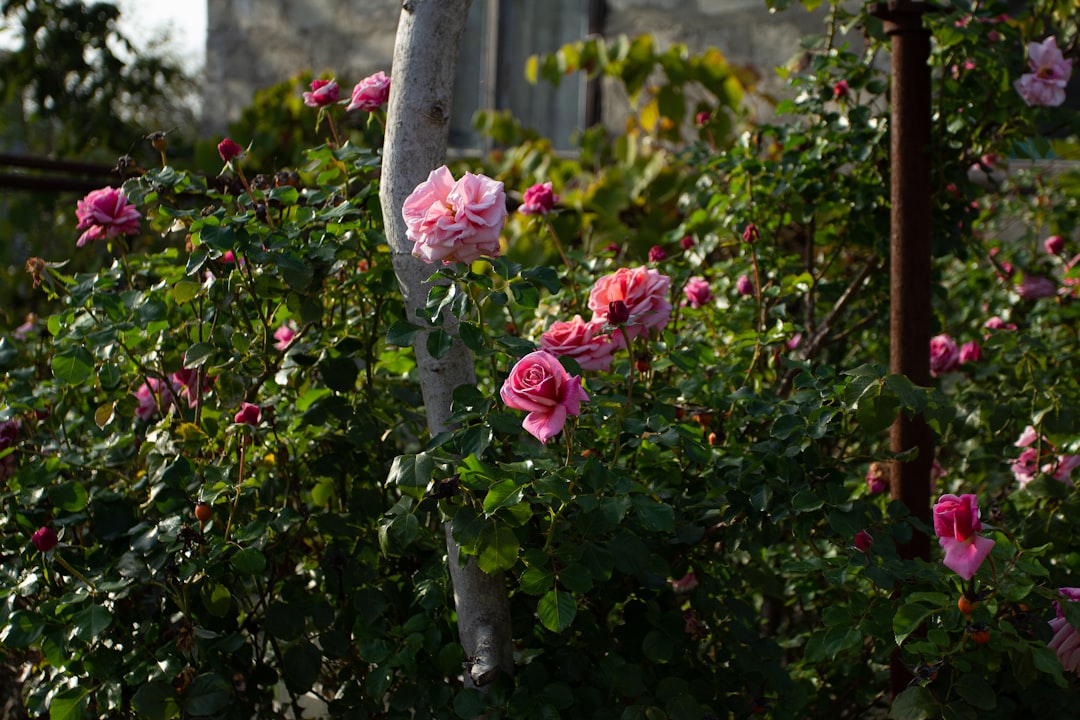The Enchanting Allure of an English - style Garden

Embarking on the journey of creating an English - style garden is like stepping into a world of timeless beauty and natural splendor. The charm of an English garden lies in its exuberant mix of colorful annuals and perennials, a harmonious blend that never fails to turn heads.
One of the first steps in following an English - style garden plan is to understand the basic principles. English gardens are known for their informality and a sense of wildness, yet they are carefully curated to create a visually appealing space. The use of a variety of plants is crucial. Annuals, with their vibrant and short - lived blooms, add a pop of color that changes with the seasons. Perennials, on the other hand, are the backbone of the garden, coming back year after year and providing structure and stability.
When selecting annuals for your English - style garden, consider plants like petunias, marigolds, and zinnias. Petunias come in a wide range of colors, from soft pastels to bright neons. They can be planted in hanging baskets, along the edges of flower beds, or in containers, adding a cascading effect of color. Marigolds are not only beautiful with their warm orange and yellow hues but are also known for their pest - repellent properties. Zinnias, with their large, showy flowers, are a favorite among gardeners. They attract butterflies and other pollinators, enhancing the ecological balance of the garden.
Perennials are equally important in an English - style garden. Lavender is a classic choice. Its fragrant purple flowers not only look beautiful but also release a calming aroma. It can be planted in rows to create a hedge or used as a border plant. Peonies are another staple. Their large, fluffy blooms in shades of pink, white, and red are a sight to behold in late spring and early summer. Hostas are great for adding foliage interest. With their large, textured leaves in various shades of green, they can thrive in shady areas of the garden.
The layout of an English - style garden is also an important aspect. Instead of rigid, geometric patterns, opt for curved paths and irregularly shaped flower beds. This gives the garden a more natural and relaxed feel. You can create different 'rooms' within the garden using hedges, trellises, or even large shrubs. Each room can have its own theme or color scheme, adding to the overall charm of the garden.
Another key element is the use of hardscaping. A well - placed bench under a tree can provide a peaceful spot to sit and enjoy the beauty of the garden. A small stone path winding through the flower beds adds a touch of rustic elegance. A water feature, such as a small pond or a fountain, can also enhance the tranquility of the space. The sound of running water not only creates a soothing atmosphere but also attracts birds and other wildlife.
Maintaining an English - style garden requires some effort but is well worth it. Regular pruning is necessary to keep the plants in shape and to encourage new growth. Deadheading spent flowers will promote more blooms and keep the garden looking tidy. Fertilizing the soil at the appropriate times will ensure that the plants have the nutrients they need to thrive. Watering is also crucial, especially during dry spells. However, be careful not to over - water, as this can lead to root rot and other problems.
As the seasons change, so does the beauty of an English - style garden. In spring, the garden comes alive with the first blooms of daffodils and tulips. Summer is a riot of color with the annuals and perennials in full bloom. Fall brings a change in foliage colors, with the leaves of some plants turning shades of red, orange, and yellow. Even in winter, the garden has its own charm, with the skeletal forms of the plants and the possibility of a light dusting of snow adding a touch of magic.
In conclusion, following an English - style garden plan is a rewarding experience. The combination of colorful annuals and perennials, the natural layout, and the use of hardscaping elements create a garden that is not only visually stunning but also a haven for wildlife and a place of peace and relaxation for the gardener. So, roll up your sleeves, grab your gardening tools, and start creating your own English - style garden today.